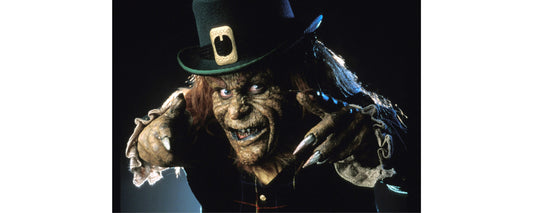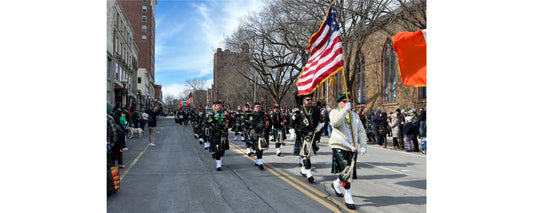A photo essay. To view all 31 images, check out the email version.
As Bill Kraus ushers me inside the first room, a beam of cool light splits the darkness, exposing squared columns daubed with ancient green paint. Many if not all of the columns throughout this sprawling former factory, which was constructed piecemeal over decades starting in 1866, are made of “tight-grain, old-growth, big-dimension lumber,” Kraus says—the kind that, after 70 years or so, dries out and becomes “harder than steel and more fire-resistant.” The kind you can’t make anymore.
Something else you can’t make anymore is the sturdy 140,000-square-foot complex itself, where countless employees of the New Haven Clock Company—one of the city’s largest employers before it folded in 1960—made affordable timepieces for the masses. Located at 133 Hamilton Street, this is also where a more recent generation of New Haveners pursued smaller and often eccentric enterprises, and where, today, Kraus’s long-simmering mission to create affordable housing for artists as well as a new anchor for the neighborhood seems on the brink of succeeding. Assuming no unforeseen delays, Kraus expects construction on the $45 million project—funded with help from a bevy of federal, state and city grants and credits and led by Oregon-based Reed Community Partners—to begin in 2021 and finish within 24 months.
Because it’s taken more than a decade of his time to get to this point, requiring the navigation of complicated and evolving sets of interests and factors as well as buckets of elbow grease, you might expect Kraus to seem jaded or at least tired. But Kraus, a historic development consultant by choice and, in a way, a preservationist by blood—his mother founded the Ridgefield Preservation Trust, he notes—has spent most of his life getting to know what he’s getting into. On the heels of an adolescence steeped in preservationism, he went to college for architecture, worked in real estate in New York City and, after returning to school to get an MBA, went into banking, where he executed commercial real estate workouts.
The result is a finely tuned and balanced eye for strong redevelopment candidates. “I find buildings like the clock factory,” Krauss explains, “and if they’re significant historically, and if I can see a reuse plan that brings together community goals, public policy goals, has a market potential for whatever the particular use is and a sound financing plan, then I figure I can marshal the resources… to get a project like this to happen.”
For now, though they’ve been largely cleaned up and remediated, the ex-factory’s spaces are much more flush with the past than the present. Leading me through many more doors, rooms, stairwells and hallways, often by sunlight and sometimes by flashlight, Kraus excitedly recounts one historical tidbit after another about the endeavors the building facilitated. These include a nightclub with lines down the street for R&B shows; a morally dubious motorcycle club that set up its own bar, lounge, weight room and trough-style urinal; a used furniture store where an employee’s jilted lover threw a Molotov cocktail; an annual sex-positive ball for Yale School of Architecture students; an outsider art studio specializing in papier-mâché; a prosperous strip club known for having a glass-bottomed pool in the ceiling and topless volleyball in the courtyard; and—why not?—a troupe of mimes.
Then, of course, there’s the endeavor that started it all: the New Haven Clock Company. Early on the tour, we enter a room with a red fireplace and, above it, what Kraus dubs a “ghost clock”—an afterimage left behind by a circular object, presumably a clock, that once hung over the mantel. This was the main lobby in the head office, he says, one of the oldest spaces in the complex. Krauss says he walked in here once and was struck by a vision of clock company employees “coming in and out of that room… I could imagine the president coming in from his carriage, walking in, the other people scurrying around, looking at the clock… It just came to me in that moment.”
You can’t avoid thinking about time inside an old, decayed industrial building; the decay itself ticks and tocks as if it were inside your ear. But in the special case of the New Haven Clock Company factory, where time was told, controlled and sold, thoughts about time chime as loudly as a grandfather clock on the hour.
New Haven Clock Company factory
133 Hamilton St, New Haven (map)
cwkraus1@yahoo.com
Facebook | Instagram
Written and photographed by Dan Mims.







